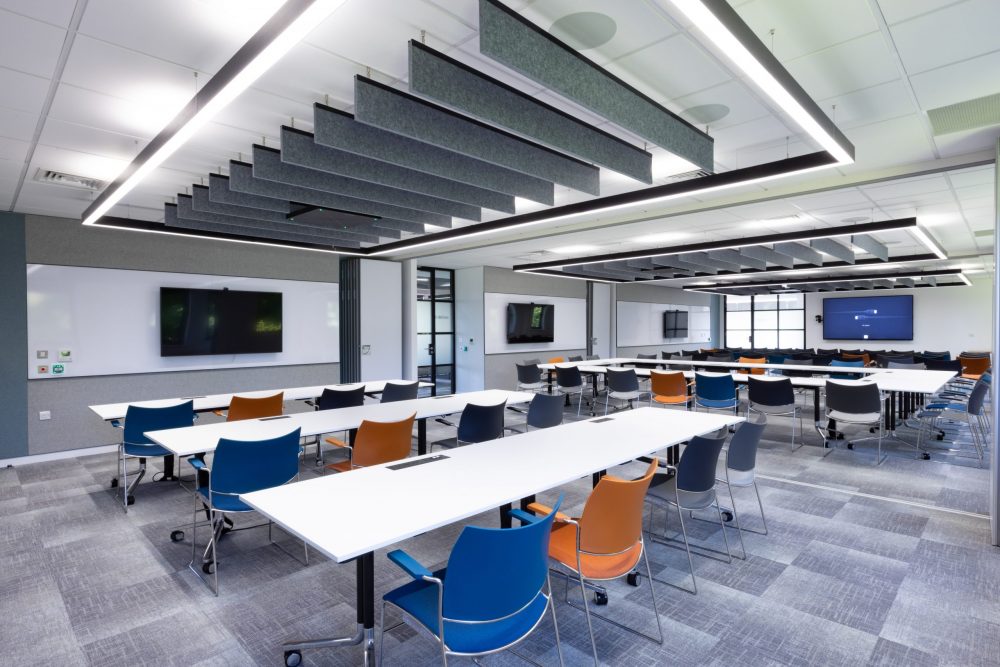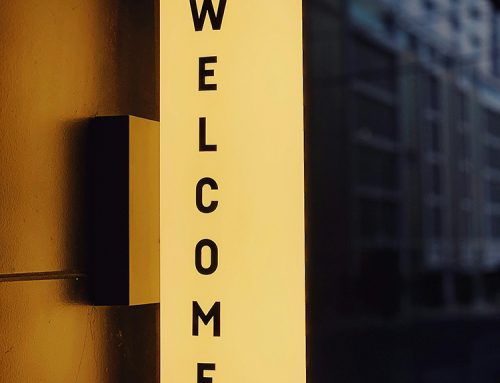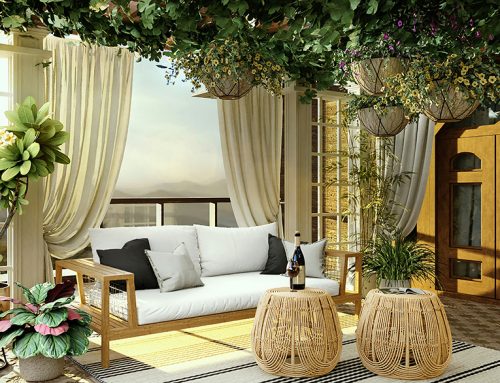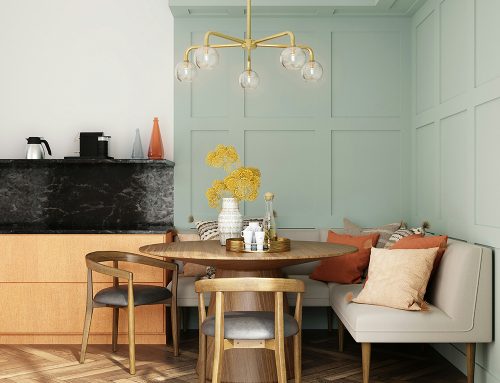This week in the Wylde blog we’re talking about what we do best; workplace design for a digital era! In the wake of the digital revolution and the shift towards flexible working, the landscape of office spaces has undergone a continuous transformation. No longer confined to mundane cubicles and static desks, modern offices are dynamic hubs that cater to the diverse needs of employees and foster creativity, collaboration, and productivity. This shift has had a significant impact on the world of interior design and interior architecture strategies, giving rise to innovative and adaptable work environments.
Gone are the days of rigid, fixed workstations – (we’ve never been a fan!). Today, offices need to be designed with flexibility and adaptability in mind. Open-plan layouts, modular furniture, and movable partitions allow for seamless reconfiguration of spaces. This dynamic approach empowers employees to choose how and where they work, whether it’s at a communal table, in a quiet corner, or in a collaborative pod. The fluidity of these spaces not only encourages creativity but also accommodates evolving team dynamics and project requirements.
With a growing emphasis on employee well-being, offices have transformed into holistic environments that promote physical and mental health. Biophilic design principles, incorporating natural elements like plants and natural light, have become integral to modern office interiors. Ergonomically designed furniture, breakout areas, and dedicated relaxation zones provide employees with opportunities to rejuvenate and recharge. This shift towards a wellness-oriented approach recognises that a healthy workforce is a productive one.
Collaboration is at the heart of modern work culture, and our workplace designs reflect this ethos. Open spaces, communal areas, and purpose-built meeting rooms encourage spontaneous interactions and formal gatherings alike. Additionally, technology-driven solutions such as interactive whiteboards and video conferencing facilities facilitate seamless communication between team members, whether they are in the office or working remotely. These design elements bridge the gap between physical and virtual spaces, ensuring that all team members feel connected and engaged.
While collaboration is vital, the need for focused, uninterrupted work cannot be overlooked either. To strike a balance between communal spaces and privacy, modern offices incorporate various types of work zones. Quiet rooms, phone booths, and individual workstations with acoustic features provide employees with the option to retreat into a distraction-free environment when necessary. These designated spaces ensure that employees can switch between collaboration and concentration seamlessly, optimising productivity.
Technology is now an inseparable part of the modern work experience. Offices are equipped with advanced IT infrastructure and integrated smart systems to support the digital needs of employees. Wireless charging stations, high-speed internet, and IT devices are seamlessly integrated into the office environment. This not only enhances productivity but also future-proofs the workspace, ensuring that it remains technologically relevant in an ever-evolving landscape.
Offices of today, are more than just functional spaces; they are a reflection of a company’s brand identity and culture. Interior design and architecture now play a pivotal role in conveying a company’s values, ethos, and vision. Customised graphics, branding elements, and thematic decor create a cohesive and immersive experience for employees and visitors alike. This curated environment fosters a sense of belonging and pride among team members.
The evolution of the workplace has (thankfully) revolutionised the way we approach interior design and architecture. The modern workplace is a dynamic, flexible, and inclusive environment that prioritises the well-being and productivity of its occupants. By embracing flexibility, wellness, collaboration, privacy, technology, and brand identity, contemporary offices are not only functional spaces but also integral contributors to a thriving work culture. As the boundaries between work and life continue to blur, the design of office spaces will undoubtedly continue to evolve, shaping the future of work for years to come. Need to revamp yours? Get in touch – it’s what we do!






